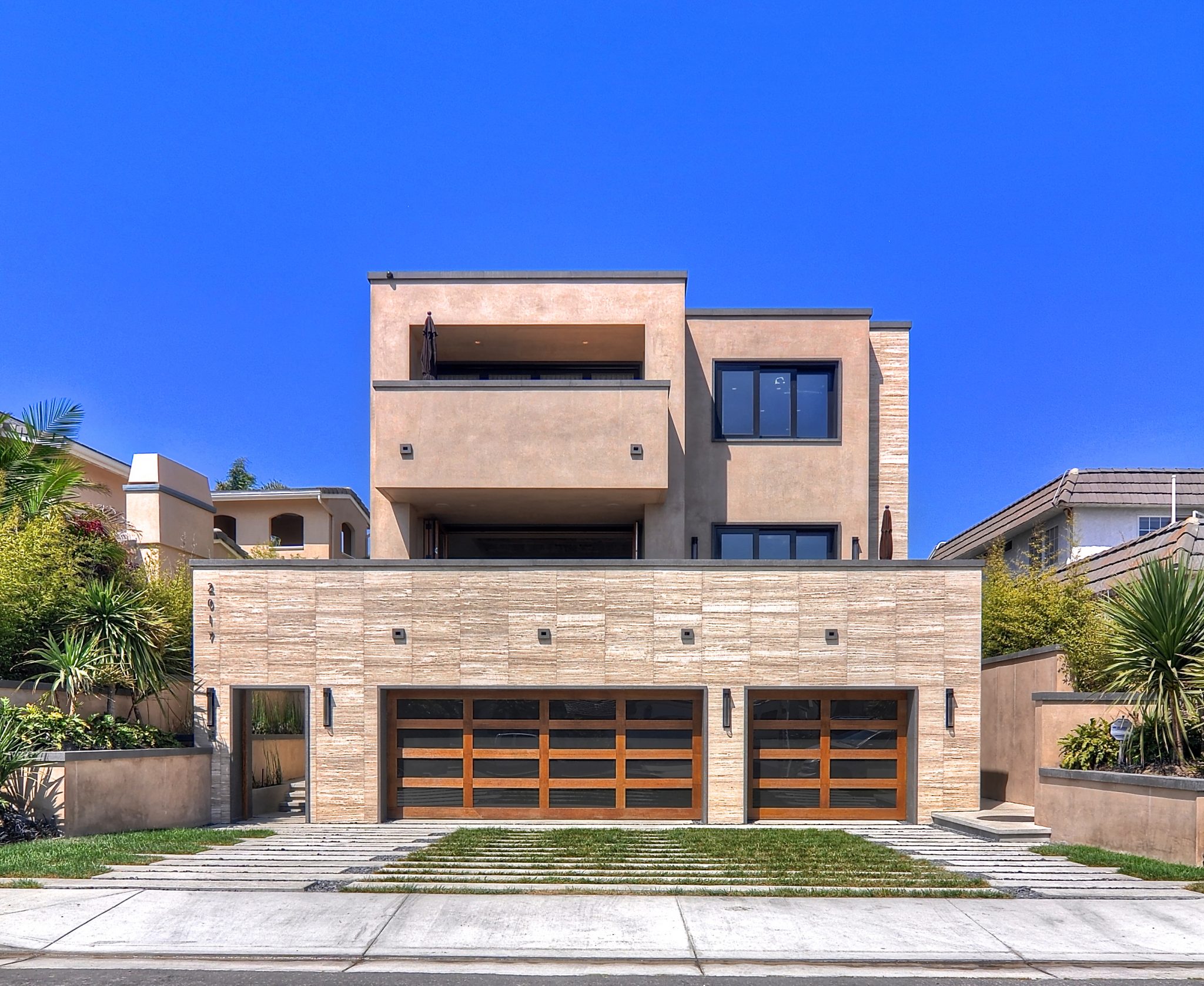We learned long ago that wood just doesn’t make the best surfboards. Since the days of taking the 10′ – 0″ redwood log out of the garage, loading it up on the VW bus and trying to paddle out into sure disaster, surf board technology has come a long way. Today, companies like Marko Foam offer advanced options of surfboard blanks to shapers and customers throughout the globe to give them better board feel, higher levels of performance and overall a more enjoyable experience out in the water.
Marko’s extensive product line features blanks that are custom made to create the perfect board. They offer the highest quality products made from recyclable materials. We teamed up with For The Future because we shared a simple vision: To create products that help the environment and offer our customers the best performance and most advanced technology available. For The Future knows how both individuals and large companies can practice with more sustainable materials and methods. These two companies know surfing and we know building but we all excel at being sustainable.
Since Marko’s blanks start with taking EPS foam varieties and grinding or melting the foam down to re-mold it into a surfboard, we immediately saw an opportunity to contribute to this process. All the foam we build with is high grade EPS that is actually 100% recyclable! Even though our construction waste is about 1%, consisting mostly of scraps of foam and #6 plastic webs from our ICF block, For The Future sorts this scrap and delivers it to Marko as often as possible. We are stoked to be a part of the process that lets us dispose of our waste in a way that allows for it to be recycled, reused and repurposed into creating a product that we also love: Surfboards!
We are trying to pass this message along to our ICF industry and to those that still think EPS foam is not recyclable. We want to obliterate the thought of foam sitting in landfills because it doesn’t have to end up there. We want to spread the word about the ways that For The Future and Marko allows our company to be greener and we hope to find more foam recycling plants across the US and globally to help ICF companies reach NET ZERO waste just like us. There are many ways to be innovative and sustainable in today’s world and we feel it is our responsibility to spread this idea to as many people as we can.
Remember, we learned a long time ago that we shouldn’t be building surfboards out of wood, so why are we still building our homes out of it?




![9322812011_5def79f60c_o[1]](https://formingsolutionsicf.com/wp-content/uploads/2017/03/9322812011_5def79f60c_o1-102x100.jpg)
![9322823159_d67e0590b8_o[1]](https://formingsolutionsicf.com/wp-content/uploads/2017/03/9322823159_d67e0590b8_o1-102x100.jpg)
![9322859075_aee784f550_o[1]](https://formingsolutionsicf.com/wp-content/uploads/2017/03/9322859075_aee784f550_o1-102x100.jpg)
![9322867837_2f110ff4fc_o[1]](https://formingsolutionsicf.com/wp-content/uploads/2017/03/9322867837_2f110ff4fc_o1-102x100.jpg)
![9322872315_b23d9d33fb_o[1]](https://formingsolutionsicf.com/wp-content/uploads/2017/03/9322872315_b23d9d33fb_o1-102x100.jpg)
![9325575874_e13e6de1fd_o[1]](https://formingsolutionsicf.com/wp-content/uploads/2017/03/9325575874_e13e6de1fd_o1-102x100.jpg)
![9325646164_01251ba946_o[1]](https://formingsolutionsicf.com/wp-content/uploads/2017/03/9325646164_01251ba946_o1-102x100.jpg)
![9325656394_008f59bd31_o[1]](https://formingsolutionsicf.com/wp-content/uploads/2017/03/9325656394_008f59bd31_o1-102x100.jpg)
![9325668804_9e49b1513e_o[1]](https://formingsolutionsicf.com/wp-content/uploads/2017/03/9325668804_9e49b1513e_o1-102x100.jpg)
![9325689096_441ebd31b1_o[1]](https://formingsolutionsicf.com/wp-content/uploads/2017/03/9325689096_441ebd31b1_o1-102x100.jpg)




